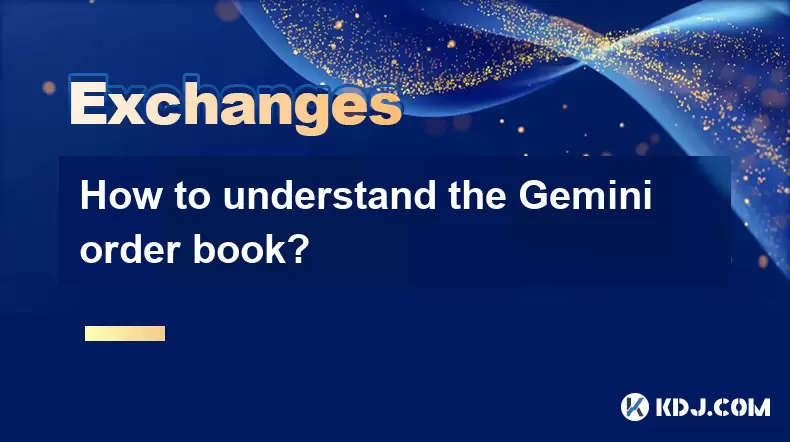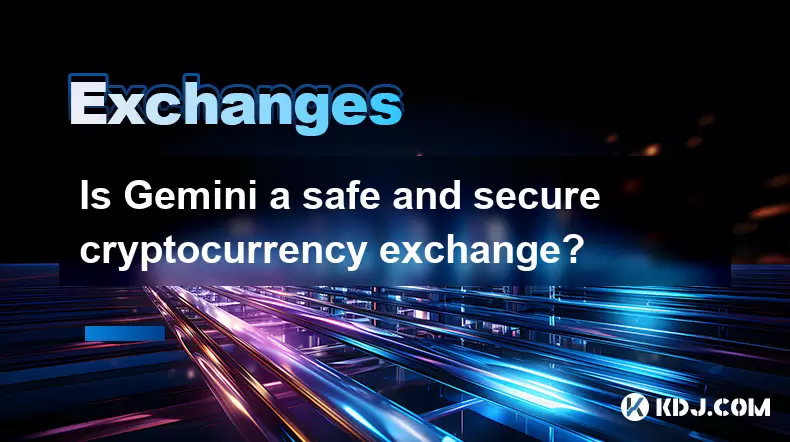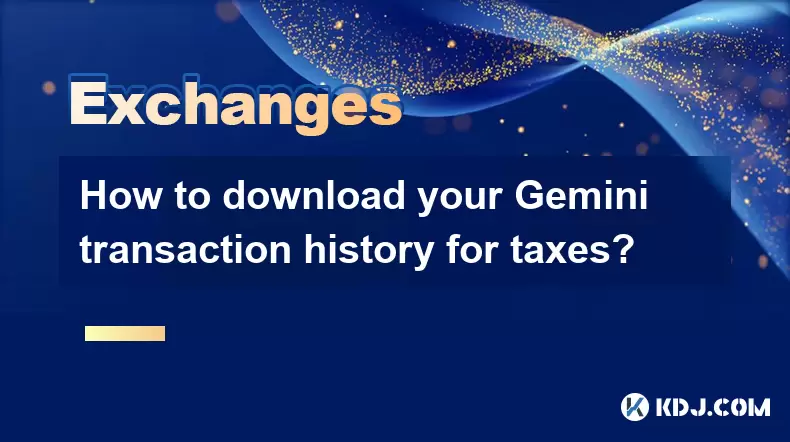-
 Bitcoin
Bitcoin $114000
0.76% -
 Ethereum
Ethereum $3488
0.53% -
 XRP
XRP $2.908
2.27% -
 Tether USDt
Tether USDt $1.000
0.05% -
 BNB
BNB $750.3
0.39% -
 Solana
Solana $161.9
0.14% -
 USDC
USDC $1.000
0.03% -
 TRON
TRON $0.3258
1.22% -
 Dogecoin
Dogecoin $0.1991
1.38% -
 Cardano
Cardano $0.7260
3.39% -
 Hyperliquid
Hyperliquid $38.20
2.33% -
 Stellar
Stellar $0.3987
7.33% -
 Sui
Sui $3.414
1.17% -
 Chainlink
Chainlink $16.28
2.52% -
 Bitcoin Cash
Bitcoin Cash $542.2
2.07% -
 Hedera
Hedera $0.2489
7.51% -
 Ethena USDe
Ethena USDe $1.001
0.05% -
 Avalanche
Avalanche $21.40
0.70% -
 Toncoin
Toncoin $3.635
0.75% -
 Litecoin
Litecoin $109.8
2.04% -
 UNUS SED LEO
UNUS SED LEO $8.955
-0.02% -
 Shiba Inu
Shiba Inu $0.00001221
2.44% -
 Uniswap
Uniswap $9.152
2.20% -
 Polkadot
Polkadot $3.588
2.09% -
 Monero
Monero $298.1
1.27% -
 Dai
Dai $1.000
0.01% -
 Bitget Token
Bitget Token $4.326
1.28% -
 Pepe
Pepe $0.00001045
1.96% -
 Cronos
Cronos $0.1330
4.27% -
 Aave
Aave $257.9
2.12%
What are the risks of staking on Kraken
Staking on Kraken offers passive income through crypto rewards, but comes with risks like market volatility, lock-up periods, slashing penalties, and custodial dependencies that could lead to losses despite earned yields.
Aug 03, 2025 at 07:15 pm

Understanding Staking on Kraken
Staking on Kraken involves locking up certain cryptocurrencies to support the operations of a blockchain network, such as validating transactions through a proof-of-stake (PoS) consensus mechanism. In return, users earn staking rewards, typically paid in the same cryptocurrency they stake. Kraken supports staking for several digital assets, including ETH, ADA, SOL, DOT, and others. While staking can generate passive income, it is not without financial and technical risks. Users must fully understand these risks before participating.
Market Volatility and Asset Depreciation
One of the most significant risks associated with staking on Kraken is market volatility. The value of staked assets can fluctuate dramatically during the staking period. Even if staking rewards are earned, a decline in the underlying cryptocurrency’s price can result in a net loss when measured in fiat currency. For example, staking Solana (SOL) may yield 5% annual rewards, but if SOL’s price drops 20% over the same period, the staker incurs a loss. Kraken does not hedge against price movements, meaning users bear full exposure to cryptocurrency market swings.
Lock-Up Periods and Liquidity Constraints
Certain staking programs on Kraken involve lock-up periods, during which assets cannot be withdrawn or traded. For instance, staking Ethereum (ETH) through Kraken requires users to commit their funds until the network enables withdrawals—a process governed by Ethereum’s protocol, not Kraken. During this time, users cannot react to market opportunities or emergencies. Even for assets without mandatory lock-ups, such as Cardano (ADA), there may be a processing delay of several days before staked funds become available. This reduced liquidity can hinder portfolio rebalancing or emergency access to capital.
- Users must check the minimum staking duration for each asset in Kraken’s staking dashboard.
- Withdrawal requests may take up to 10 days to process, depending on the blockchain.
- Funds remain visible in the account but are unavailable for trading or withdrawal during staking.
Slashing Risks in Proof-of-Stake Networks
Although Kraken manages the technical aspects of staking, users are still exposed to slashing penalties—a mechanism in PoS blockchains that penalizes validators for malicious behavior or downtime. If Kraken, acting as a validator or delegating to one, fails to maintain proper node operation, staked assets may be partially confiscated. While Kraken has a strong track record, slashing events are irreversible and can lead to direct loss of principal. This risk is especially relevant for networks like Polkadot (DOT) and Cosmos (ATOM), where slashing policies are enforced more aggressively than in others.
Platform and Custodial Risks
Kraken operates as a custodial staking provider, meaning users entrust their private keys and assets to the exchange. While Kraken employs advanced security measures such as cold storage, multi-signature wallets, and insurance funds, no system is immune to breaches. A successful hack on Kraken’s infrastructure could compromise staked assets. Additionally, regulatory actions in certain jurisdictions could lead to account freezes or forced liquidations. Unlike self-staking using personal wallets, users on Kraken have limited control over their staking operations and must rely on the platform’s policies and stability.
Reward Variability and Unpredictable Returns
Staking rewards on Kraken are not fixed and can vary based on network conditions, the total amount staked, and validator performance. For example, Ethereum staking rewards depend on the number of active validators and the rate of new ETH issuance. A surge in stakers can dilute individual returns. Kraken may also adjust its reward distribution model or service fees without prior notice. Users should not assume consistent yields and must monitor their staking dashboard regularly. Historical reward rates are not indicative of future performance, and sudden drops in APY are possible.
- Rewards are typically distributed weekly but may be delayed due to blockchain congestion.
- Kraken may deduct a service fee from staking rewards, reducing net returns.
- Some assets offer variable APY, meaning returns can change monthly.
Frequently Asked Questions
Can I lose money staking on Kraken even if the price of the cryptocurrency goes up?
Yes. While rising prices generally benefit stakers, fees, slashing, or technical issues could still result in a net loss. For example, if Kraken charges a high service fee or if a network penalty is applied, the gains from price appreciation might be offset. Always review the net APY after fees and understand the network-specific risks.
Does Kraken insure staked assets against slashing or hacks?
Kraken does not explicitly insure staked assets against slashing. Its Proof of Reserve and insurance fund cover custodial assets but may not extend to losses from blockchain-level penalties. In the event of a hack, compensation depends on the scope of the breach and the availability of Kraken’s insurance reserves, which are primarily designed for hot wallet protection.
Are staking rewards on Kraken subject to taxes?
Yes. In many jurisdictions, staking rewards are treated as taxable income at the time they are received. Users must report the fair market value of rewards in their local currency. Kraken provides tax reports and CSV exports to assist with tracking, but it is the user’s responsibility to comply with local tax regulations.
What happens to my staked assets if Kraken shuts down?
If Kraken ceases operations, access to staked assets could be disrupted. However, Kraken claims to hold client funds in segregated accounts and supports Proof of Reserves, which may aid in asset recovery during insolvency proceedings. The actual outcome would depend on legal processes and the ability to transfer validator responsibilities to another party.
Disclaimer:info@kdj.com
The information provided is not trading advice. kdj.com does not assume any responsibility for any investments made based on the information provided in this article. Cryptocurrencies are highly volatile and it is highly recommended that you invest with caution after thorough research!
If you believe that the content used on this website infringes your copyright, please contact us immediately (info@kdj.com) and we will delete it promptly.
- XRP: Crypto Analyst's Smartest Buy in 2025?
- 2025-08-04 00:30:13
- SEC, Crypto Regulation, and Digital Assets: A New Era?
- 2025-08-04 00:30:13
- Navigating the Meme Coin Mania: Cold Wallets, SHIB, and DOGE in 2025
- 2025-08-03 22:30:16
- Bitcoin's Price Fall and Scrutiny: What's a New Yorker to Think?
- 2025-08-03 22:30:16
- Shiba Inu's Resistance and Recovery Push: What's Next for SHIB?
- 2025-08-03 22:50:16
- Bitcoin, Hashcash, and Crypto Innovation: A Look at the Foundation and Future
- 2025-08-03 23:12:53
Related knowledge

How to set and manage alerts on the Gemini app?
Aug 03,2025 at 11:00am
Understanding the Gemini App Alert SystemThe Gemini app offers users a powerful way to stay informed about their cryptocurrency holdings, price moveme...

What are the websocket feeds available from the Gemini API?
Aug 03,2025 at 07:43pm
Overview of Gemini WebSocket FeedsThe Gemini API provides real-time market data through its WebSocket feeds, enabling developers and traders to receiv...

How to manage your portfolio on Gemini?
Aug 03,2025 at 10:36am
Accessing Your Gemini Portfolio DashboardTo begin managing your portfolio on Gemini, you must first log in to your account through the official websit...

How to understand the Gemini order book?
Aug 02,2025 at 03:35pm
What Is the Gemini Order Book?The Gemini order book is a real-time ledger that displays all open buy and sell orders for a specific cryptocurrency tra...

Is Gemini a safe and secure cryptocurrency exchange?
Aug 02,2025 at 10:42pm
Understanding Gemini’s Regulatory ComplianceGemini is a New York State-chartered trust company, which places it under the supervision of the New York ...

How to download your Gemini transaction history for taxes?
Aug 03,2025 at 09:15am
Understanding Gemini Transaction History for Tax PurposesWhen preparing your cryptocurrency tax filings, having a complete and accurate record of all ...

How to set and manage alerts on the Gemini app?
Aug 03,2025 at 11:00am
Understanding the Gemini App Alert SystemThe Gemini app offers users a powerful way to stay informed about their cryptocurrency holdings, price moveme...

What are the websocket feeds available from the Gemini API?
Aug 03,2025 at 07:43pm
Overview of Gemini WebSocket FeedsThe Gemini API provides real-time market data through its WebSocket feeds, enabling developers and traders to receiv...

How to manage your portfolio on Gemini?
Aug 03,2025 at 10:36am
Accessing Your Gemini Portfolio DashboardTo begin managing your portfolio on Gemini, you must first log in to your account through the official websit...

How to understand the Gemini order book?
Aug 02,2025 at 03:35pm
What Is the Gemini Order Book?The Gemini order book is a real-time ledger that displays all open buy and sell orders for a specific cryptocurrency tra...

Is Gemini a safe and secure cryptocurrency exchange?
Aug 02,2025 at 10:42pm
Understanding Gemini’s Regulatory ComplianceGemini is a New York State-chartered trust company, which places it under the supervision of the New York ...

How to download your Gemini transaction history for taxes?
Aug 03,2025 at 09:15am
Understanding Gemini Transaction History for Tax PurposesWhen preparing your cryptocurrency tax filings, having a complete and accurate record of all ...
See all articles

























































































